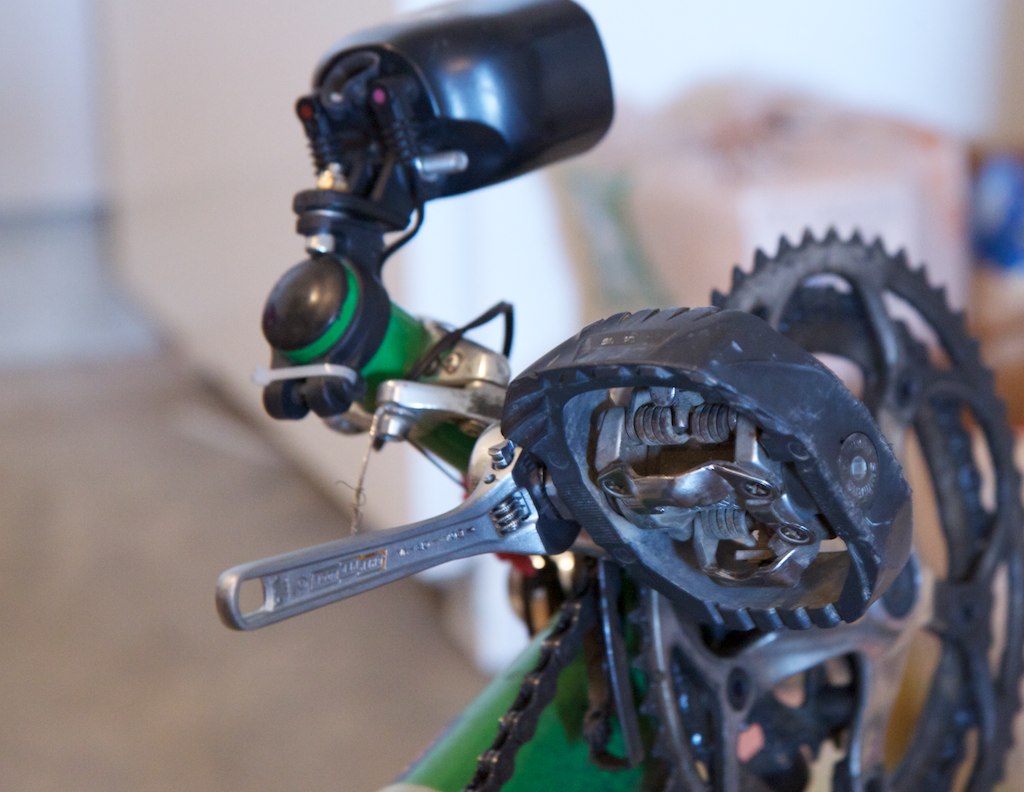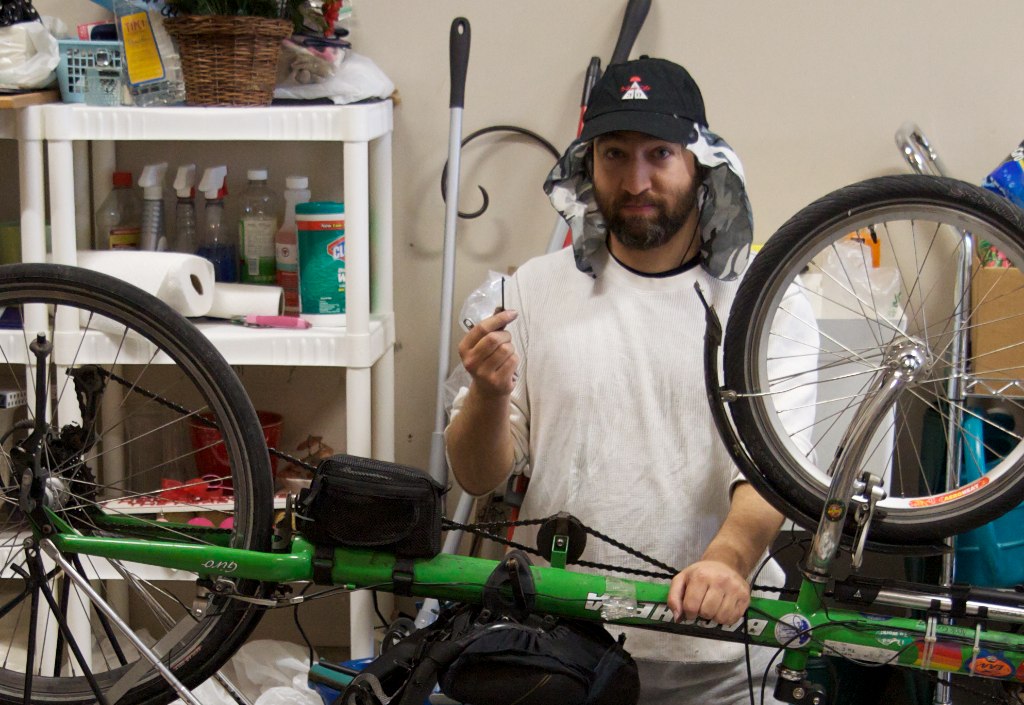Stress sucks.
Enter a period of psychological stress, and your organs release a steady river of hormones, telling the cells in your body to burn more energy. After a few days of this feedback, your cells begin sending signals to all the mitochondria living inside them, telling them to divide, increasing energy capacity. This is important because when the energy production system is bottlenecked, little chemical packets called “free radicals” are released inside your cells, especially from the struggling mitochondria. Free radicals are damaging to the DNA in your cells, including the DNA of your mitochondria. So having enough mitochondria to avoid a bottleneck is important.
Unfortunately, this is a paradox. When your mitochondria are overworked, it’s like running an engine too hot. Free radicals are the equivalent of smoke coming out of the engine compartment. To address the problem, your mitochondria reproduce by dividing, making more to share the load. … But some of your mitochondria have been damaged by running too hot. When they make copies of themselves by dividing they pass the damage along to their offspring. Eventually, there are more damaged mitochondria inside your cells than clean ones, and the whole operation of the cell becomes degraded because of the extra resources this consumes.
As the mitochondria decline in efficiency, the cell will shift across the spectrum of genes it can express, to devote more resources to mitochondria recycling. This reduces the cell’s effectiveness as part of a functioning organ. (Stem cells and heart cells do not divide their mitochondria, and therefore are not directly under the influence of this cycle, but they can still suffer from the decline of other organs.) Each cell also has a feedback loop of signals inside it, designed to detect this degradation. When a cell in your body realizes it has dropped below a reasonable efficiency level, it commits suicide, removing itself and its damaged mitochondria from your collective internal gene pool.
Yes! Your own cells sometimes kill themselves because they can’t keep up.
Here’s what this means for you, on a human scale: When you pass through a cycle of stress, part of you dies off while the rest of you decides to repopulate, spreading slightly less efficient mitochondria throughout your tissues, resulting in a subtly decreased energy level. You really begin to notice it in middle age.
This effectively cannot be reversed, because you can only work with the genetic supply of mitochondria that you have. Your best hope for renewed health is to maintain a higher set-point for energy capacity, via a higher standing population of your current mitochondria, so that when you are pressed into high-stress situations, you do not logjam your energy supply chain and create damaging free-radicals.
In other words, sufficient sleep, complete nutrition, and consistent aerobic exercise places your body into its most long-lasting mode. It delays the onset of virtually ALL late-life diseases. This may seem like common knowledge, but now you understand why it is so…
And why there is absolutely no product, service, or diet that can turn back the clock. Your very best outcome is to slow it down.





